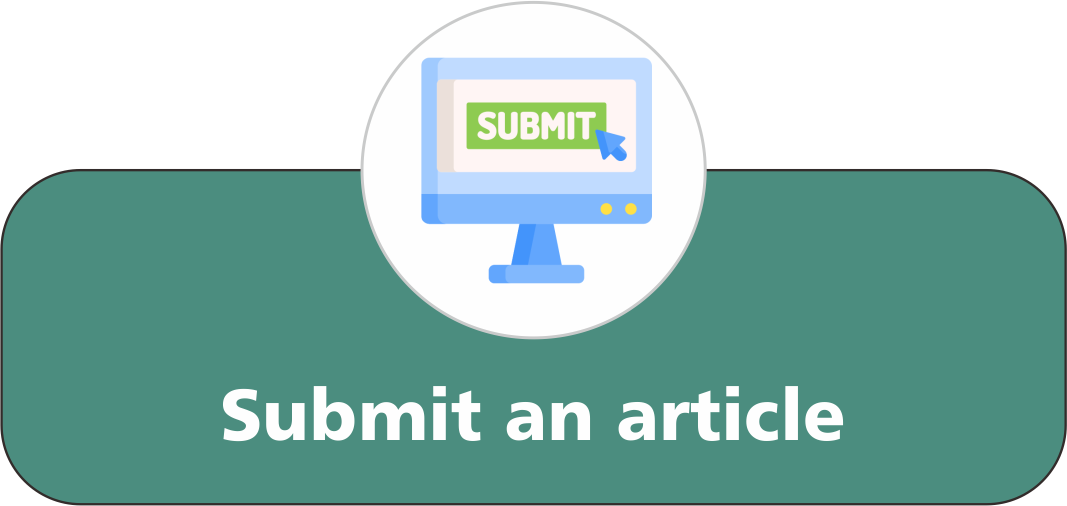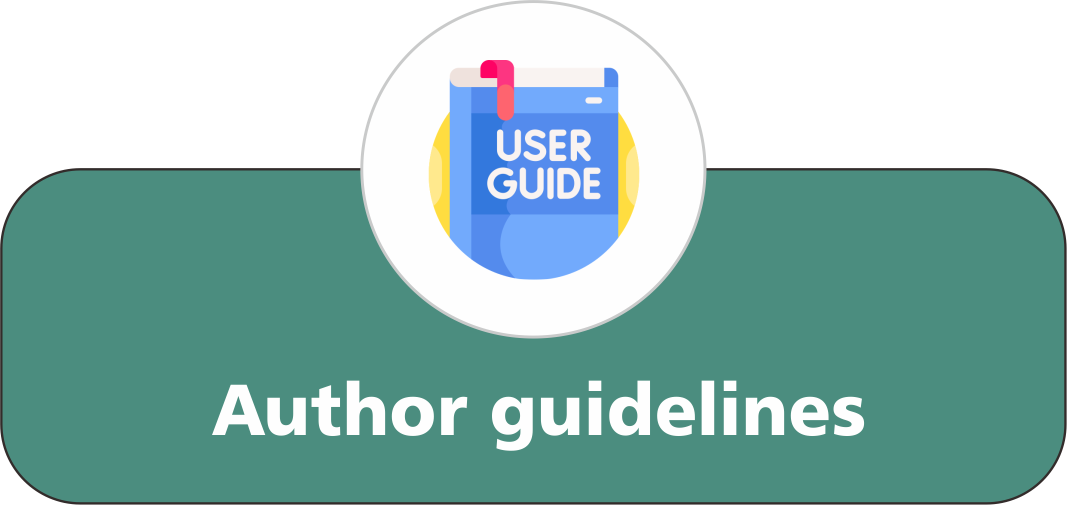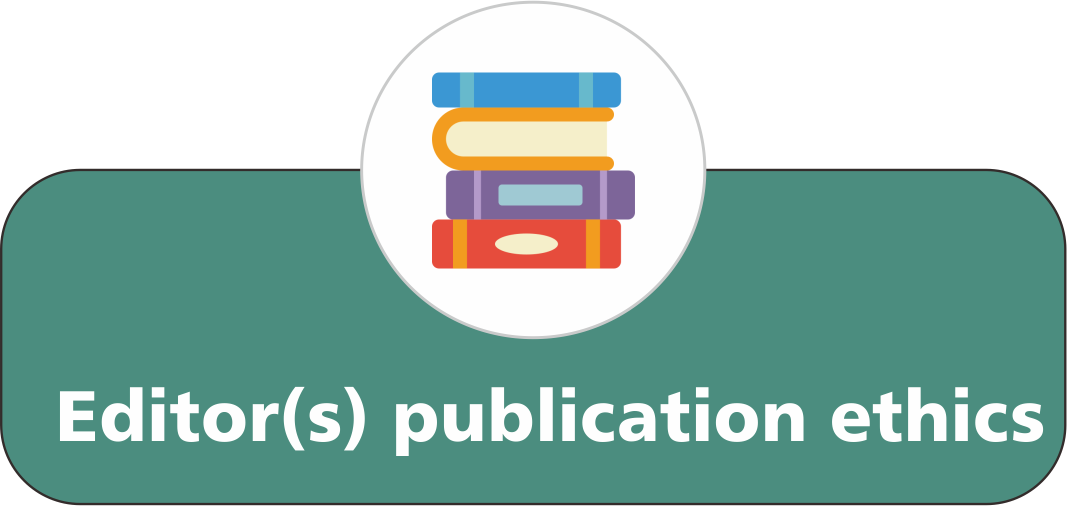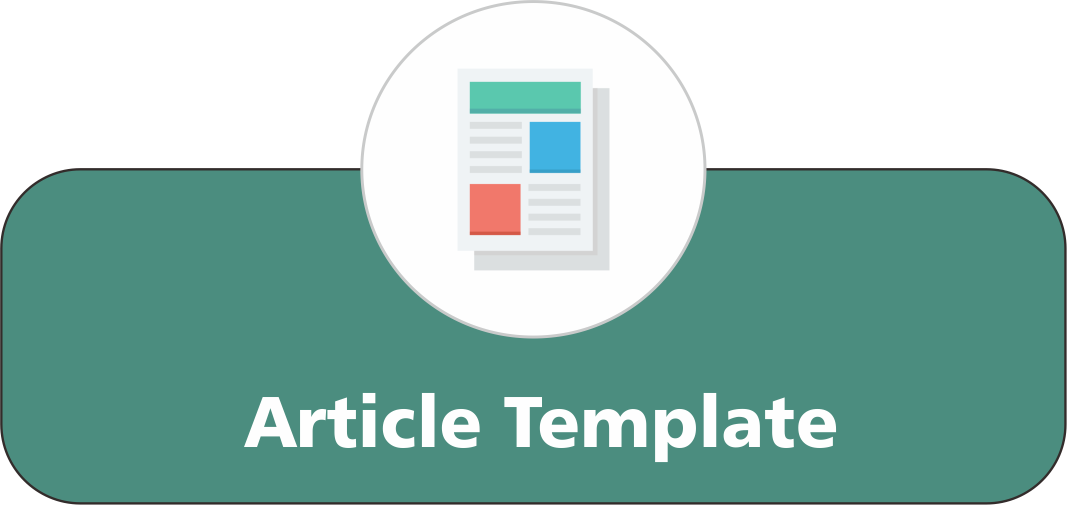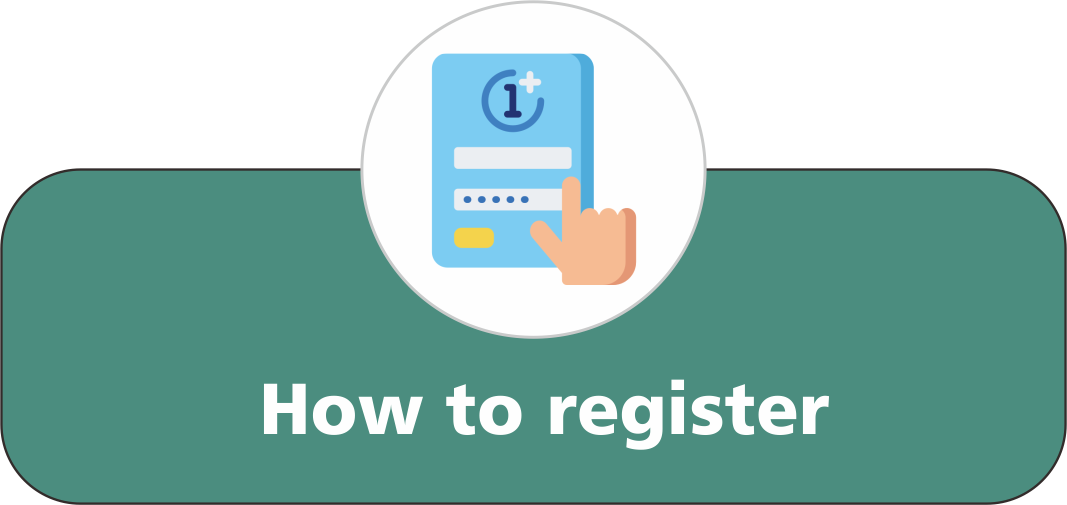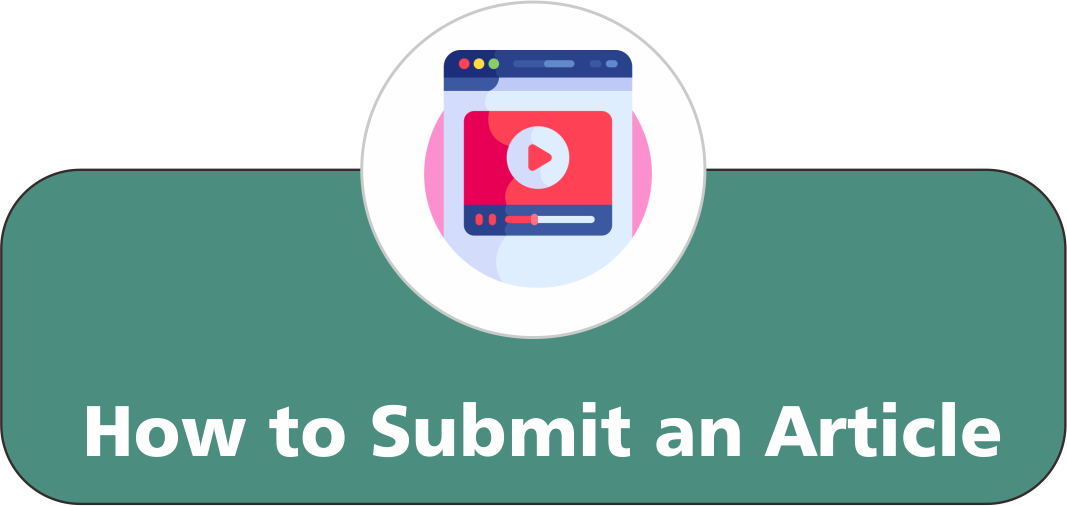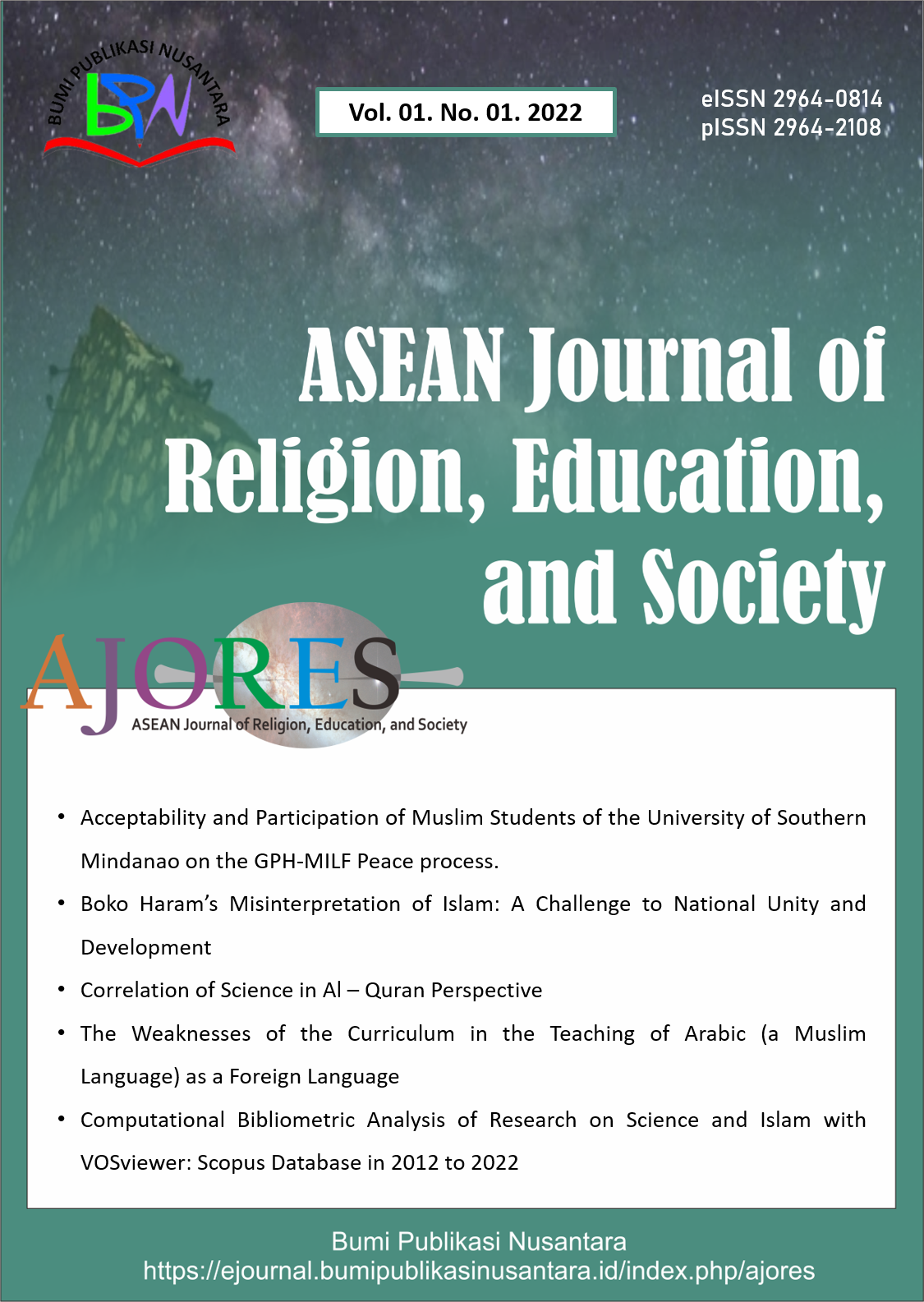The Weaknesses of the Curriculum in the Teaching of Arabic (a Muslim Language) as a Foreign Language
 ),
),
(1) Al-Hikmah University
 Corresponding Author
Corresponding Author
Abstract
This study has extensively discussed the Weaknesses of the Curriculum in the Teaching of Arabic as a Foreign Language. Arabic is a Muslim language. As a foreign language, Arabic is one of the six official languages of the United Nations. It is also the official language of more than 27 Countries. In the U.S. Arabic is the second most common language spoken by English Language Learners after Spanish. Sweden is the next most spoken mother-tongue language after Swedish. In Nigeria, the Arabic language is one of the three international languages. There is a village in Nigeria called Ngala where Arabic is their mother language. A language-based curriculum provides well-planned content information that is strategically presented to facilitate learning and enrich the language experiences of the students across all subject areas. This study aims to analyze the weaknesses of curriculum in the teaching of Arabic as a foreign language. Introduction, Definition of Curriculum by different Scholars, The Weaknesses of the Arabic language Curriculum, Ten Weaknesses in the Arabic language curriculum, Suggestions, and Conclusion while the References are illustrated.
Keywords
References
Bermudez, T. C., Alcaide, A. M., Barcelona, A. M., Peralta, E., and Malaco, A. (2021). Online class: Its implication towards academic skills development. Indonesian Journal of Educational Research and Technology, 1(2), 61-66.
Landero, D. J. M., Gadayan, D. V., Valderama, I. M., Falle, J. A., and Calixtro Jr., V. L. (2022). Implementation and acceptance of latin dances in senior high school curriculum. Indonesian Journal of Educational Research and Technology, 2(2), 117-122.
Maryanti, R., and Nandiyanto. A. B. D. (2021). Curriculum development in science education in vocational school. ASEAN Journal of Science and Engineering Education, 2(1), 151-156.
Maryanti, R., Nandiyanto, A. B. D., Hufad, A., and Sunardi, S. (2021). Science education for students with special needs in Indonesia: From definition, systematic review, education system, to curriculum. Indonesian Journal of Community and Special Needs Education, 1(1), 1-8.
Rosina, H., Virgantina, V., Ayyash, Y., Dwiyanti, V., and Boonsong. S. (2021). Vocational education curriculum: Between vocational education and industrial needs. Asean Journal of Science and Engineering Education, 1(2), 105-110.
Widiaty, I., Riza, L. S., Abdullah, A. G., and Mubaroq, S. R. (2020). Multiplatform application technology–based heutagogy on learning batik: A curriculum development framework. Indonesian Journal of Science and Technology, 5(1), 45-61.
Article Metrics
Abstract View : 2048 times
: 2048 times Download : 1802 times
Download : 1802 times
Refbacks
- There are currently no refbacks.
Copyright (c) 2022 Bumi Publikasi Nusantara

This work is licensed under a Creative Commons Attribution-ShareAlike 4.0 International License.

